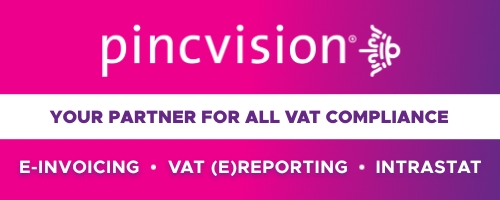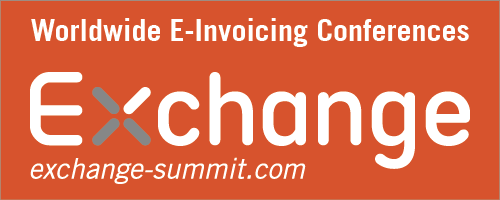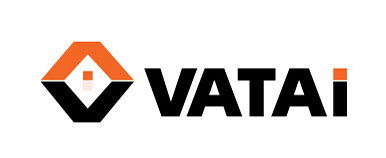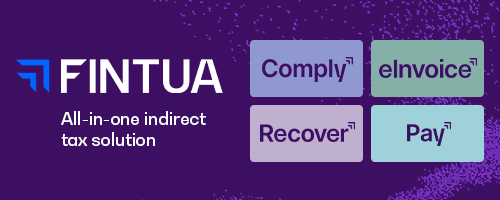- Mandatory Across All Sectors: Italy requires eInvoicing for B2G, B2B, and B2C transactions. All invoices must be submitted via the central Sistema di Interscambio (SDI) platform using the FatturaPA XML format aligned with European Standard EN 16931.
- Real-Time VAT Reporting: Italy operates a Continuous Transaction Controls (CTC) model, with near real-time transmission of invoice data to the Revenue Agency, enhancing VAT compliance and fraud prevention.
- Technical Alignment & Monitoring: The SDI system performs format checks and supports national CIUS specifications. It also serves as a monitoring tool, tracking invoice volumes and syntax compliance across sectors.
Source ec.europa.eu
eInvoicing Timeline – Italy
| Year | Milestone |
|---|---|
| 2014 | Mandatory B2G eInvoicing introduced for central government entities |
| 2015 | Extended to all public administrations (regional and local) |
| 2019 | Mandatory B2B and B2C eInvoicing launched via the SDI platform |
| 2020 | Alignment with European Standard EN 16931 and FatturaPA format |
| 2022 | Introduction of real-time VAT reporting via Continuous Transaction Controls (CTC) |
| 2024 | Expansion of eInvoicing to cross-border transactions (optional phase) |
| 2025 | Ongoing monitoring and refinement of SDI platform and CIUS compliance |
Italy remains a pioneer in eInvoicing, with one of the most comprehensive and centralized systems in the EU.
Italy – E-Invoicing & E-Reporting Mandates (2025)
| Transaction Type | Established Entities in Italy | Non-Established Entities in Italy |
|---|---|---|
| B2G | ✅ Mandatory via SDI (FatturaPA) | ✅ Mandatory if VAT-registered or fixed establishment |
| B2B | ✅ Mandatory via SDI (FatturaPA) | ✅ Mandatory if VAT-registered or fixed establishment |
| B2C | ✅ Mandatory via SDI (FatturaPA) | ❌ Not required unless VAT-registered |
| E-Reporting | ✅ Real-time VAT reporting via SDI | ✅ Required if issuing e-invoices via SDI |
Notes:
- All e-invoices must be submitted through the Sistema di Interscambio (SDI) using the FatturaPA XML format.
- Non-established entities without a fixed establishment or VAT registration are generally exempt, but must still report cross-border invoices via SDI.
- Italy’s system is fully aligned with the European Standard EN 16931 and includes real-time VAT reporting as part of its Continuous Transaction Controls (CTC) model.
- See also
- Join the Linkedin Group on Global E-Invoicing/E-Reporting/SAF-T Developments, click HERE
- Join the LinkedIn Group on ”VAT in the Digital Age” (VIDA), click HERE
Latest Posts in "Italy"
- VAT Refund on Invoices: When Undue Tax Payments Can Be Reclaimed
- Local Authority Reimbursements for Employee Electoral Mandate Leave Not Subject to VAT
- VAT Refund Denied in Fraud Context After Contract Reclassification
- Italy’s Supreme Court Redefines Territoriality Through Substance
- Upcoming Consolidated VAT Code to streamline regulations














